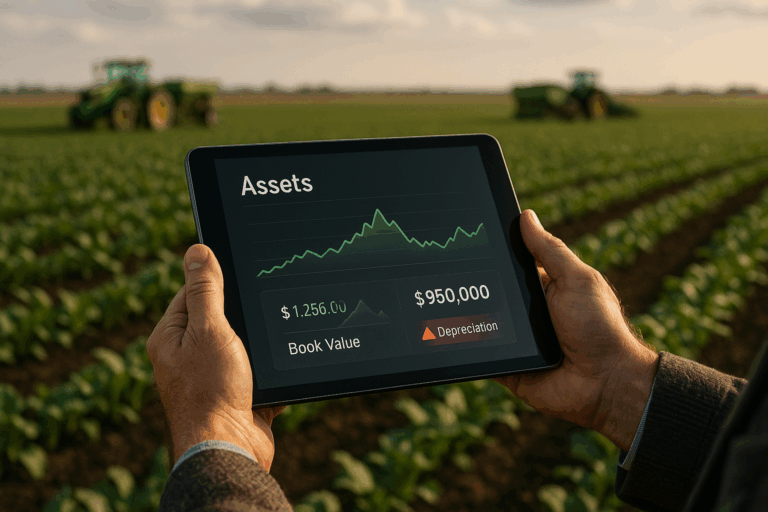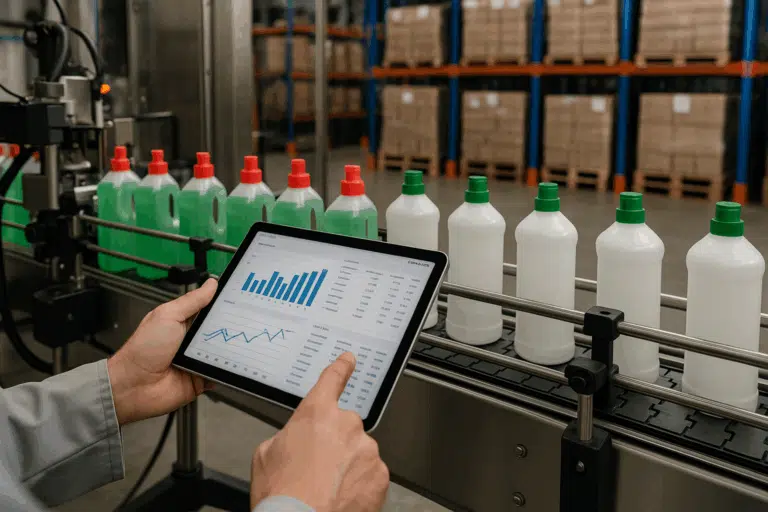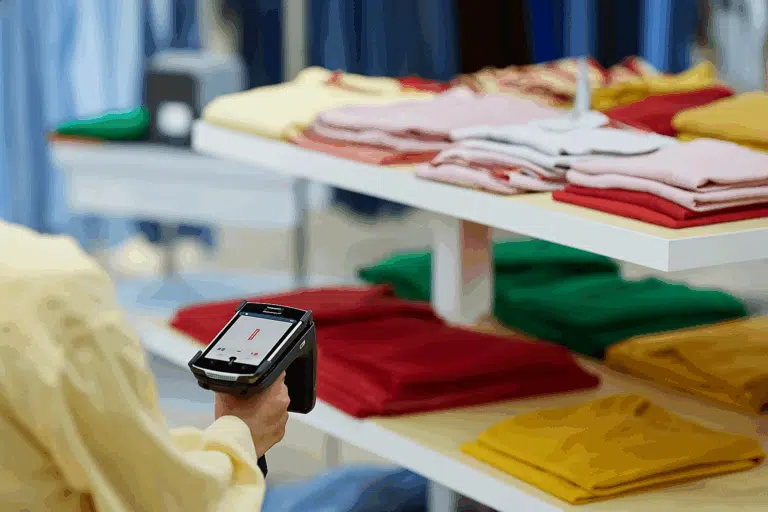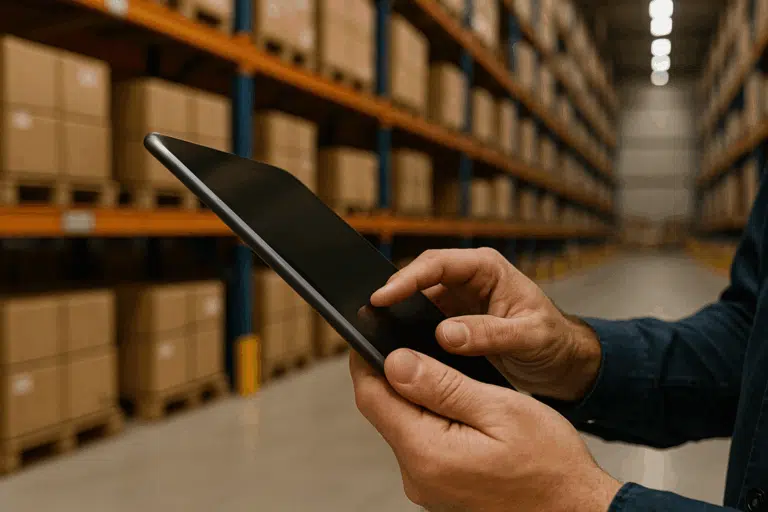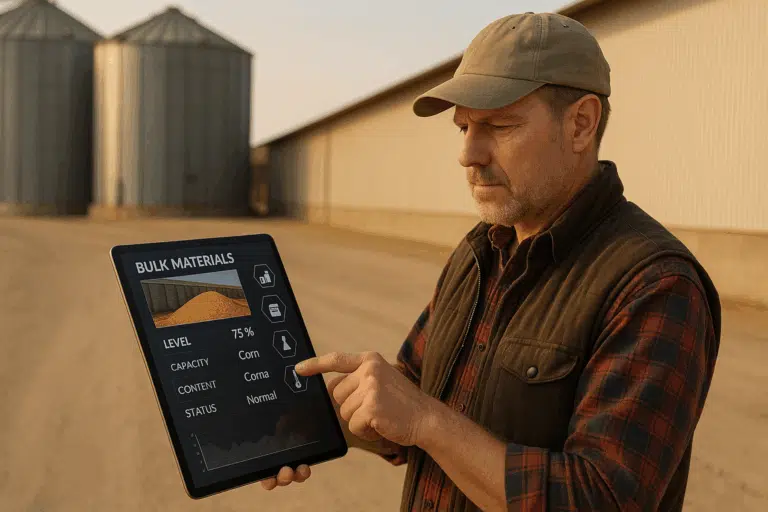Businesses are increasingly turning their attention to the concept of the circular supply chain. Unlike traditional linear models, which follow a “take-make-dispose” approach, circular supply chains aim to redefine growth by focusing on positive societal impacts and embracing the principles of designing out waste and pollution, keeping products and materials in use, and regenerating natural systems.
Table of Contents
ToggleWhat is a circular supply chain?
A circular supply chain is a closed-loop system that aims to eliminate waste by continually reusing, recycling, and refurbishing materials and products. It’s a sustainable model that seeks to minimize environmental impact and promote resource efficiency by extending the lifecycle of products and materials.
How does a circular supply chain differ from a traditional linear supply chain?
The traditional linear supply chain follows a one-way path: raw materials are extracted, products are manufactured, used, and then discarded. In contrast, a circular supply chain is regenerative by design, focusing on maintaining the value of products and materials for as long as possible through reuse, remanufacturing, and recycling.
Understanding circular supply chains

Embracing Sustainability from Design to Disposal
In circular supply chains, manufacturers prioritize the use of recyclable materials in both the creation of products and their packaging. This approach reduces reliance on new, raw materials and ensures that products can be easily recycled or repurposed at the end of their use. Moreover, products are designed for easy disassembly, facilitating repair and extending their lifespan.
Fostering Collaboration for Consumer Awareness
A crucial component of circular supply chains is the collaboration among manufacturers, retailers, government entities, and environmental organizations to educate consumers about responsible waste management. By increasing awareness about recycling and proper disposal, stakeholders can enhance the efficiency of material collection and recycling, effectively closing the loop in the supply chain.
Spotlight on PepsiCo’s Recycling Initiatives
A notable example of such collaborative efforts is PepsiCo’s Recycle Rally program, which engages students in a friendly competition to recycle the most cans and bottles, incentivizing their participation with prizes like gift cards and branded merchandise.
Encouraging the Return of Used Products
A key practice within circular supply chains is urging customers to return their used products for refurbishment and resale, either through in-store programs or mail-in options. This not only prolongs the life of products but also reduces the demand for new resources, contributing to a more sustainable production cycle.
The Driving Forces: Consumers and Regulations
The shift toward circular supply chains is largely propelled by environmentally conscious consumers and regulatory mandates. For instance, the European Union requires member states to recycle a significant portion of their packaging waste, while California has set progressive standards for the inclusion of recycled materials in plastic bottles. A survey by SG Group highlighted that a vast majority of Americans are inclined to favor products with recyclable or reusable packaging, underscoring the growing consumer demand for sustainable options.
The importance of circular supply chains

Circular supply chains represent a sustainable alternative to traditional models, offering a more environmentally friendly approach to production and consumption. By emphasizing the continuous use of materials, these systems help reduce the negative impact on the environment that is often associated with conventional supply chains.
Reducing Environmental Impact
At the heart of circular supply chains is the principle of minimizing waste and extending the lifecycle of materials. By encouraging the collection and recycling of materials, these supply chains prevent the accumulation of waste in landfills and reduce the strain on natural habitats. This systematic approach to resource management not only conserves valuable materials but also mitigates pollution and greenhouse gas emissions.
Promoting Sustainable Practices
Circular supply chains encourage companies to integrate sustainability into their product design by using eco-friendly materials. Collaborating with suppliers, businesses can source these materials at a reasonable cost, making sustainable production more feasible. Furthermore, engaging with consumers to facilitate the recycling of products and packaging helps close the loop, ensuring that materials are continually reused and repurposed.
A Step Towards a More Sustainable Economy
Even in regions like the United States, where the economy is predominantly linear, the adoption of a circular supply chain by a single company can be a significant step towards a more sustainable future. As more businesses embrace this model, it can drive a shift in the broader economic system, gradually transforming the way goods are produced and consumed.
In conclusion, circular supply chains are crucial for reducing environmental harm and promoting a more sustainable way of doing business. By focusing on the reuse and recycling of materials, these supply chains offer a viable solution to some of the most pressing environmental challenges facing our world today.
What are the benefits of implementing a circular supply chain?
Implementing a circular supply chain offers several benefits across environmental, economic, and social spheres. One of the primary advantages is environmental sustainability. Circular supply chains reduce waste, pollution, and greenhouse gas emissions by maximizing the reuse, recycling, and recovery of materials. This approach conserves natural resources and protects ecosystems, contributing to a healthier planet.
From an economic perspective, circular supply chains offer significant cost savings. Businesses can reduce their reliance on raw materials and decrease production costs by reusing materials and products. Additionally, circular practices such as refurbishing and recycling can create new revenue streams from what was previously considered waste. This optimized use of resources also leads to enhanced resource efficiency, ensuring materials are kept in circulation for as long as possible and reducing the demand for virgin materials.
Adopting circular supply chain practices can also provide a competitive advantage. Companies can differentiate themselves in the market by offering sustainable products and services, leading to increased brand loyalty and customer satisfaction. Furthermore, these practices help companies comply with environmental regulations and manage risks associated with resource scarcity and supply chain disruptions.
Innovation and collaboration are key components of circular supply chains. Implementing these practices often requires innovative thinking and working closely with suppliers, customers, and other stakeholders. This collaborative approach can lead to the development of new business models, products, and processes that drive sustainable growth.
Finally, circular supply chains contribute to social responsibility by creating job opportunities in recycling, refurbishing, and remanufacturing sectors. They support the broader goal of transitioning to a more sustainable and equitable economy, demonstrating a commitment to social sustainability.
What are the challenges in transitioning to a circular supply chain?
Transitioning to a circular supply chain can present several challenges for businesses, each requiring careful consideration and strategic planning. One of the primary hurdles is the initial investment costs associated with implementing circular practices. New technologies, infrastructure, and processes often require significant upfront investment, which can be particularly challenging for small and medium-sized enterprises.
Another challenge is the inherent complexity of circular supply chains. Managing the return, refurbishment, and recycling of products involves additional logistics and coordination compared to linear models. This increased complexity can be difficult to implement and maintain efficiently. Furthermore, successful circular supply chains require collaboration across the entire value chain, including suppliers, customers, and waste management entities. Building these partnerships and ensuring alignment on circular objectives can be a daunting task.
Regulatory and policy barriers also pose challenges. Inconsistent or lacking regulations on recycling, waste management, and product design can hinder the adoption of circular practices. Companies may struggle to navigate different regulatory environments across regions, adding to the complexity of transitioning to a circular model. Additionally, changing consumer behavior and raising awareness about the benefits of circularity are significant challenges. Encouraging consumers to participate in circular practices, such as returning products for recycling or repair, requires a shift in mindset.
Technological limitations can also impede the effectiveness of circular supply chains. The lack of advanced technologies for efficient disassembly, recycling, and material recovery can limit the ability to fully close the loop. Moreover, ensuring that recycled or refurbished products meet quality and performance standards can be challenging, as there may be concerns about the durability and reliability of products made from recycled materials.
Finally, measuring the impact of circular practices and reporting on progress can be complex due to the lack of standardized metrics and reporting frameworks for circularity. Despite these obstacles, the long-term benefits of circular supply chains for sustainability and business resilience make the transition a worthwhile endeavor. Overcoming these challenges requires a combination of innovation, collaboration, and commitment to sustainable practices.
How can businesses implement circular supply chain practices?
Businesses can implement circular supply chain practices by adopting a systematic approach that focuses on sustainability at every stage of the product lifecycle. Here are some key strategies:
- Design for Circularity: Start by designing products with sustainability in mind. This includes using recyclable or biodegradable materials, designing for easy disassembly and repair, and considering the product’s end-of-life from the outset.
- Collaborate with Suppliers: Work closely with suppliers to ensure that materials are sourced sustainably and that they adhere to circular principles. This might involve selecting suppliers who use recycled materials or who have efficient take-back programs.
- Implement Reverse Logistics: Develop systems for collecting used products from customers. This could be through in-store take-back programs, mail-in returns, or partnerships with recycling organizations.
- Refurbish and Remanufacture: Invest in facilities and processes that allow for the refurbishment or remanufacture of returned products. This extends the life of products and reduces the need for new materials.
- Recycle and Recover Materials: Ensure that materials from end-of-life products are properly recycled and recovered. This might involve working with specialized recycling companies or investing in technologies that enable material recovery.
- Promote Product as a Service: Consider offering products as a service rather than selling them outright. This allows businesses to retain ownership of products and materials, facilitating easier recovery and recycling.
- Educate Consumers: Raise awareness among consumers about the importance of circular practices. Encourage them to return products at the end of their life and to choose products that are designed with sustainability in mind.
- Leverage Technology: Use technology to track products and materials throughout the supply chain. This can help businesses monitor the flow of materials and identify opportunities for circularity.
- Adopt Circular Business Models: Explore business models that are inherently circular, such as leasing, subscription services, or sharing platforms. These models can help keep products and materials in use for longer.
- Measure and Report: Regularly measure and report on the progress of circular initiatives. This can help businesses understand the impact of their efforts and identify areas for improvement.
By implementing these practices, businesses can transition to more circular supply chains, reducing their environmental impact and contributing to a more sustainable future.
Examples of circular supply chain success

Many companies are leading the way in circular practices:
- Patagonia: Known for its commitment to sustainability, Patagonia encourages customers to repair, share, and recycle their products. The Worn Wear program enables customers to exchange or purchase pre-owned clothing, footwear, and outdoor gear. The company openly shares its environmental challenges, like the unsuccessful attempt to recycle polyester in stretchy fabrics, alongside its achievements in sustainability.
- Philips: The company’s “Pay-per-Lux” model offers lighting as a service, where Philips retains ownership of the fixtures and recycles them at the end of their lifecycle.
Improve Sustainability with RFID Inventory Software
CPCON’s RFID Inventory Tracking Software provides advanced solutions for managing circular supply chains, ensuring sustainability and efficiency throughout the product lifecycle. Key features of this software include:
- RFID-Enabled Product Lifecycle Management: This feature allows companies to integrate recycling and reuse considerations into product design from the outset. By leveraging RFID technology, businesses can track products throughout their lifecycle, ensuring that they are designed for longevity and recyclability.
- Intelligent Track and Trace with RFID: Built on the principles of transparency and accuracy, this tool utilizes RFID technology to monitor the movement of recyclable materials and ensure supplier compliance with environmental standards. The real-time tracking capabilities of RFID provide a clear and detailed view of the supply chain, promoting responsible sourcing and material use.
- RFID-Enhanced Product Hub: Acting as a centralized database, this feature stores comprehensive records of products, materials, and sourcing information, all easily accessible through RFID tags. This enables businesses to make informed decisions about product design, material selection, and supply chain management, with a focus on sustainability and circularity.
CPCON’s RFID Inventory Tracking Software empowers businesses to embrace circular supply chain practices, reduce waste, and promote a more sustainable approach to manufacturing and supply chain management.
Book a call
Circular Supply Chain FAQs
What is a closed-loop supply chain?
A “closed-loop” supply chain is synonymous with a circular supply chain. It refers to the cycle that materials and products undergo as they are collected for recycling, refurbishing, and repair. The overarching goal of this approach is to maximize recycling and minimize waste, regardless of the terminology used.
What is a circular economy?
A circular economy is a system where the government sets regulations to promote the reuse of products. In such economies, various forms of waste—such as clothing, scrap metal, or old electronics—are reintegrated into the supply chain for reuse. Circular economies extend the principles of circularity beyond individual supply chains to encompass broader systemic changes.
What is the circular supply model?
The circular supply model advocates for the recycling of materials, refurbishment of products, and reduction of waste within supply chains. Although the concept wasn’t pioneered by a single individual, Swiss researchers Walter R. Stahel and Genevieve Reday-Mulvey brought significant attention to the model in the 1970s.
How do you create a circular supply chain?
Creating a circular supply chain involves several strategies, but three key approaches include:
Design for Circularity: Utilize recycled materials and design products that are easy to repair or refurbish.
Collaborate with Suppliers: Engage with suppliers to source or develop sustainable materials.
Leverage Technology: Employ blockchain for tracking products through the supply chain and use Internet of Things (IoT) solutions to efficiently manage returns, redirect usable products to inventory, and reduce waste.
Are circular supply chains the future?
The future of circular supply chains is subject to debate. Proponents argue that increasing regulatory requirements for recycling and reuse, coupled with consumer demand for sustainably sourced and manufactured products, point towards a growing adoption of circular practices. Critics, however, highlight challenges such as the high costs associated with collecting, transporting, and reprocessing waste. While the concept of circularity has been around for some time, its practical implementation is still evolving. Fostering its growth will necessitate both innovation and commitment from various stakeholders.







